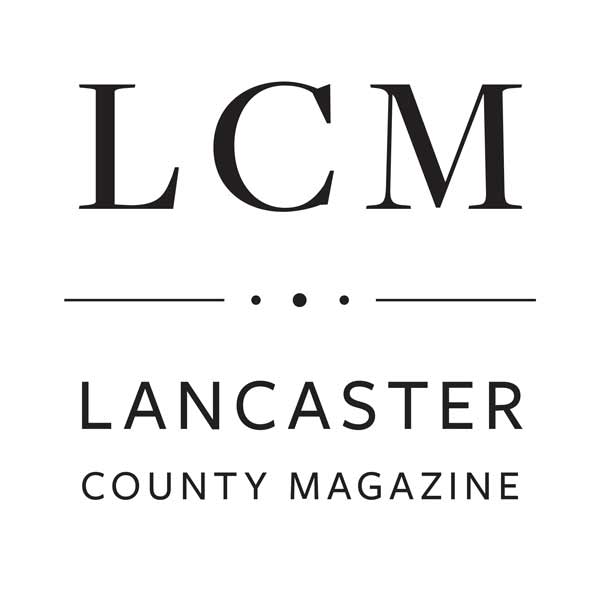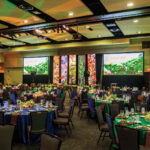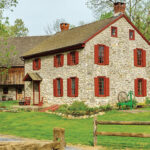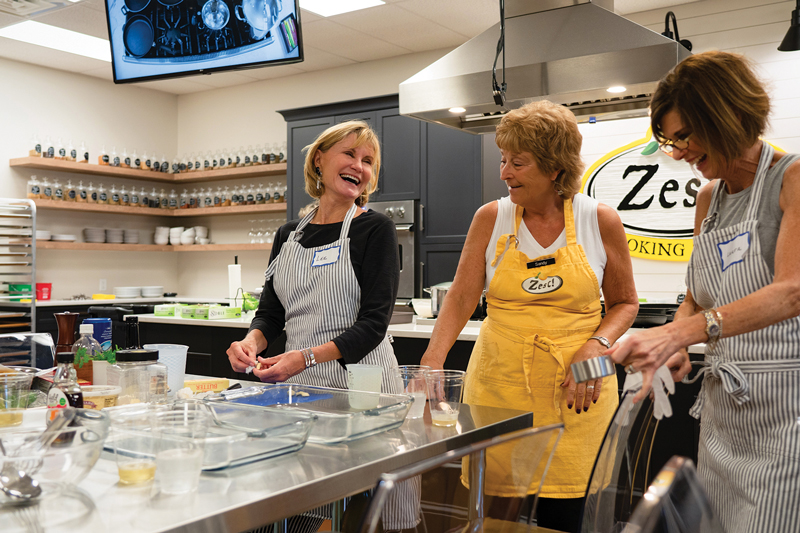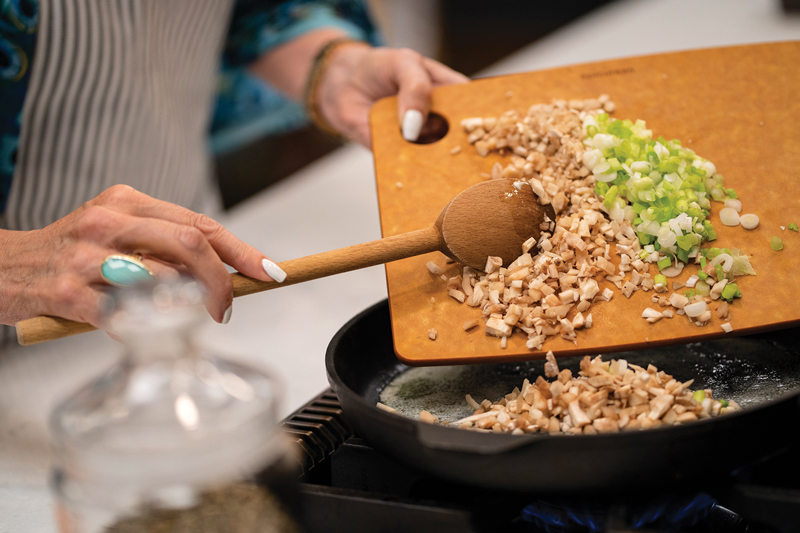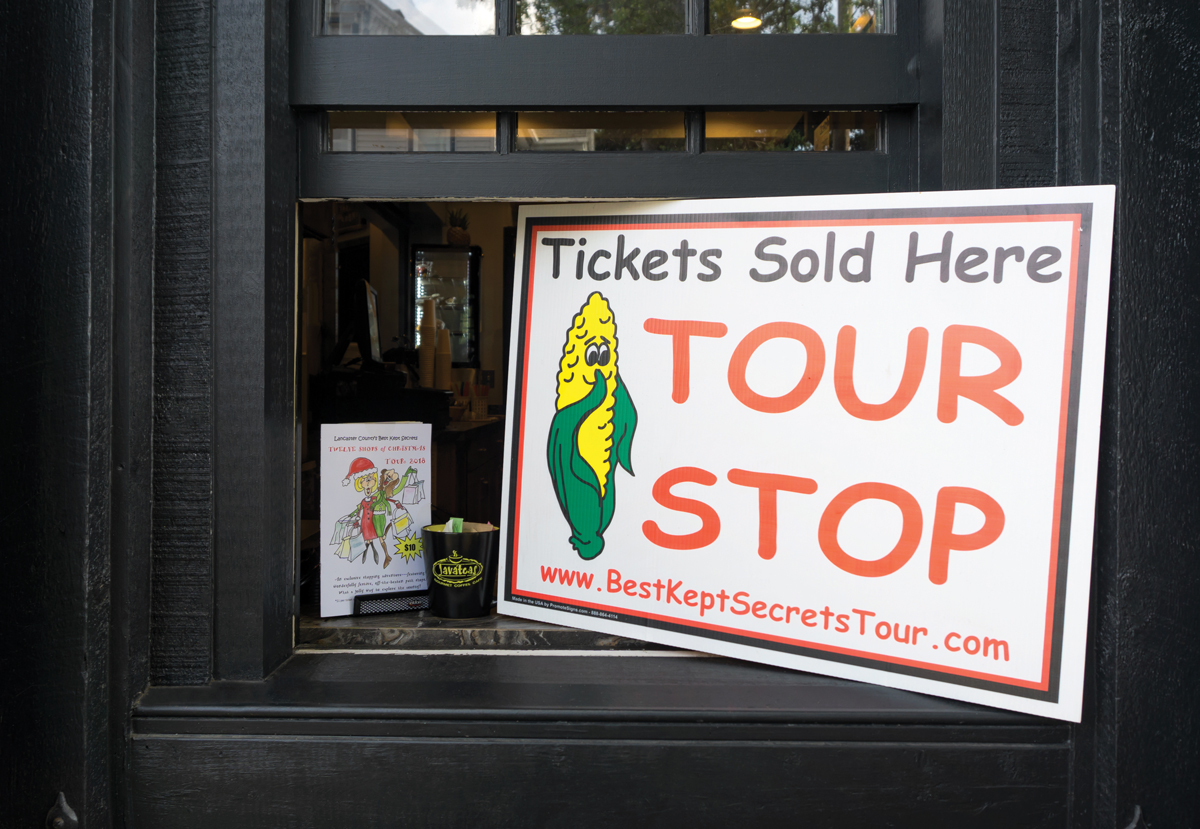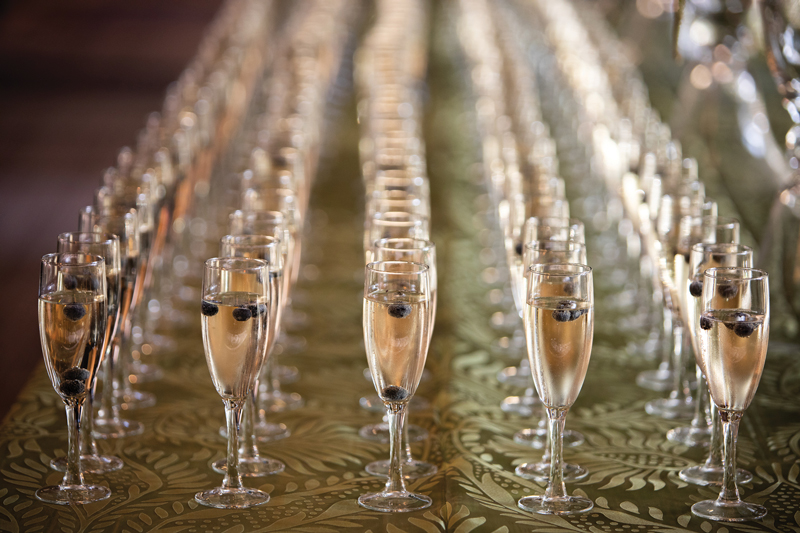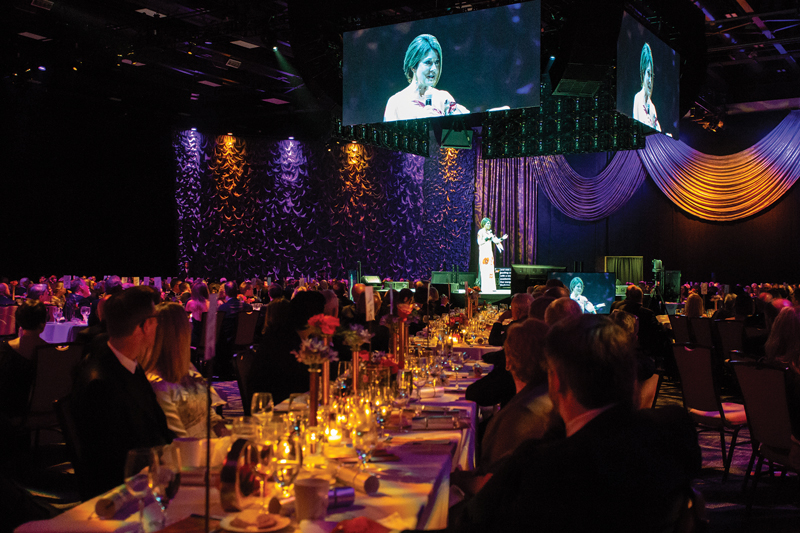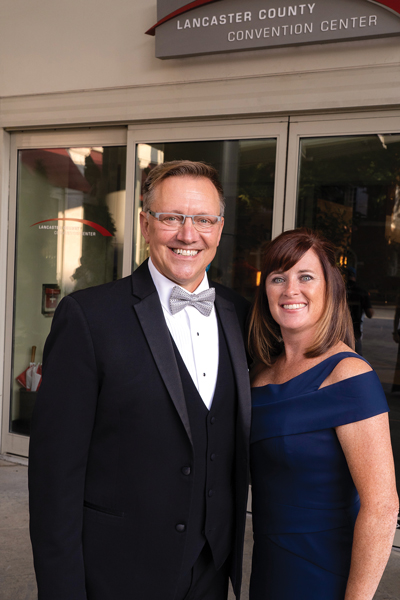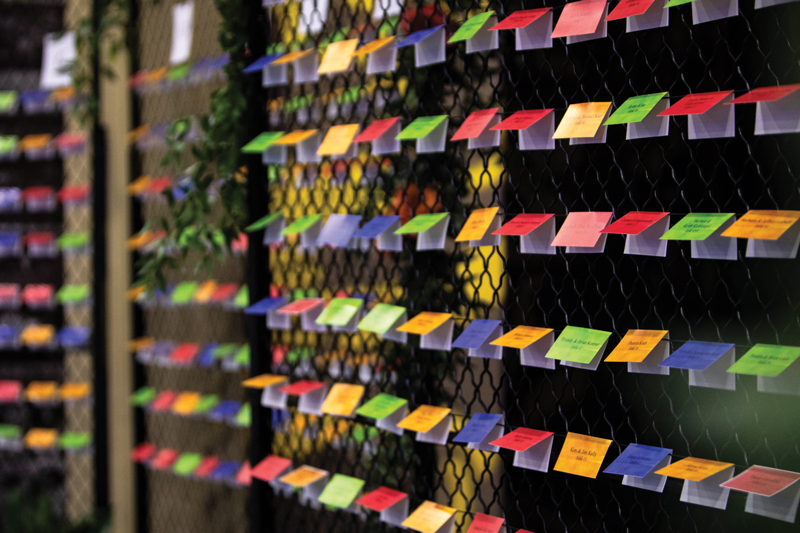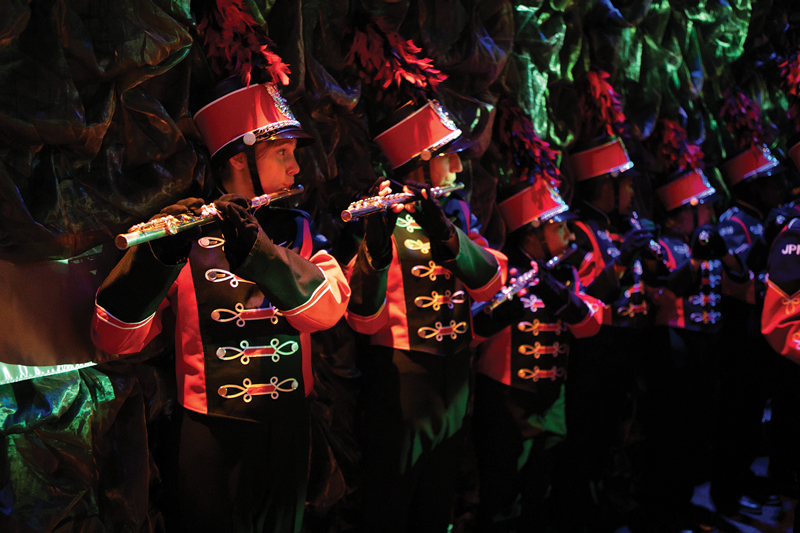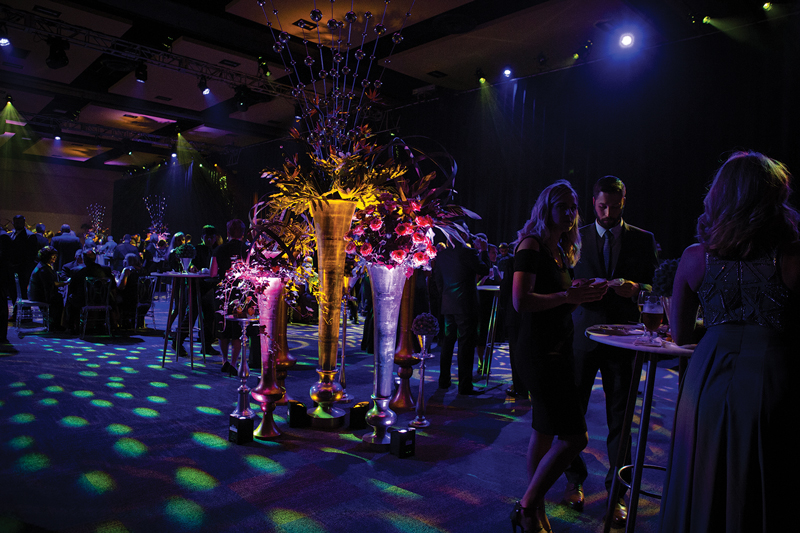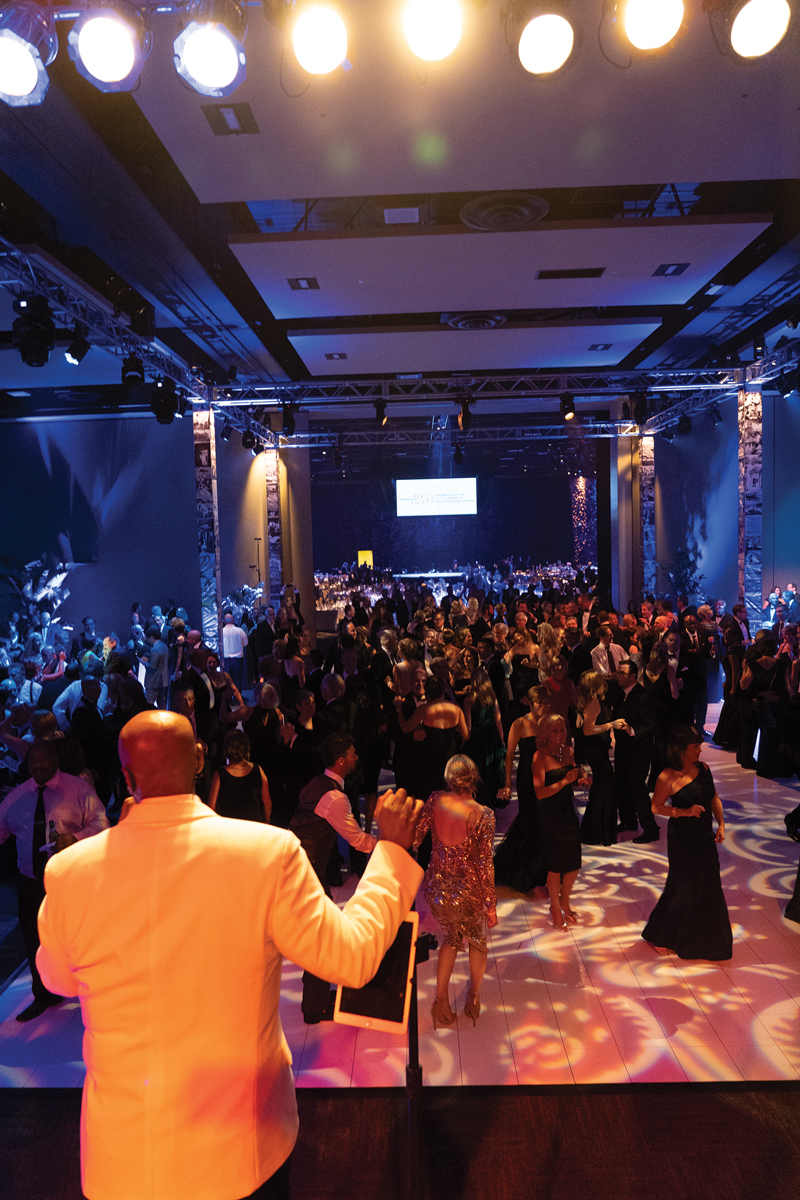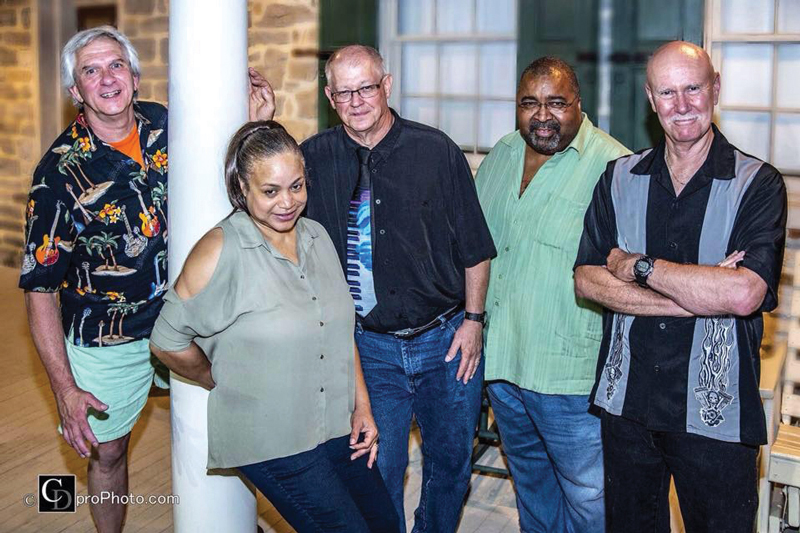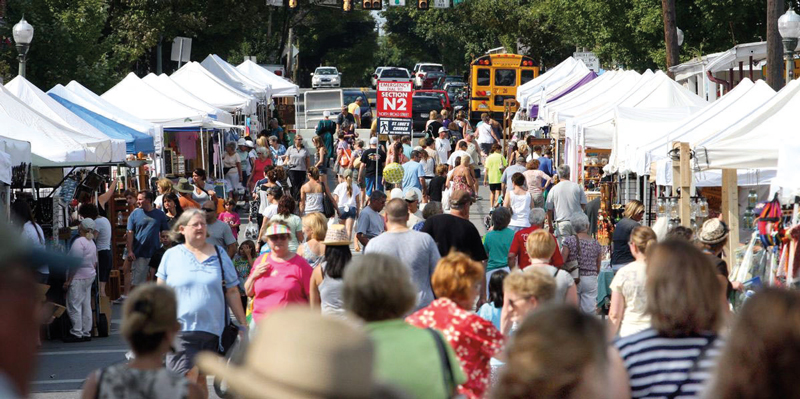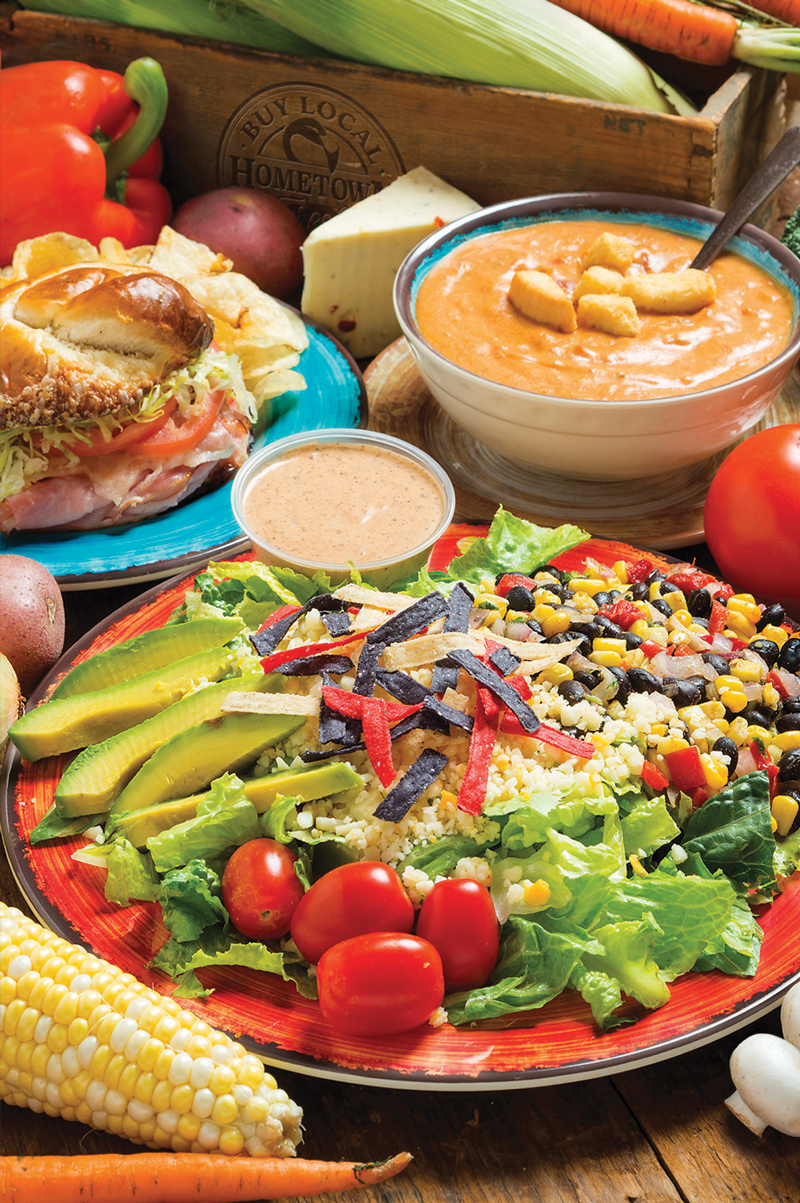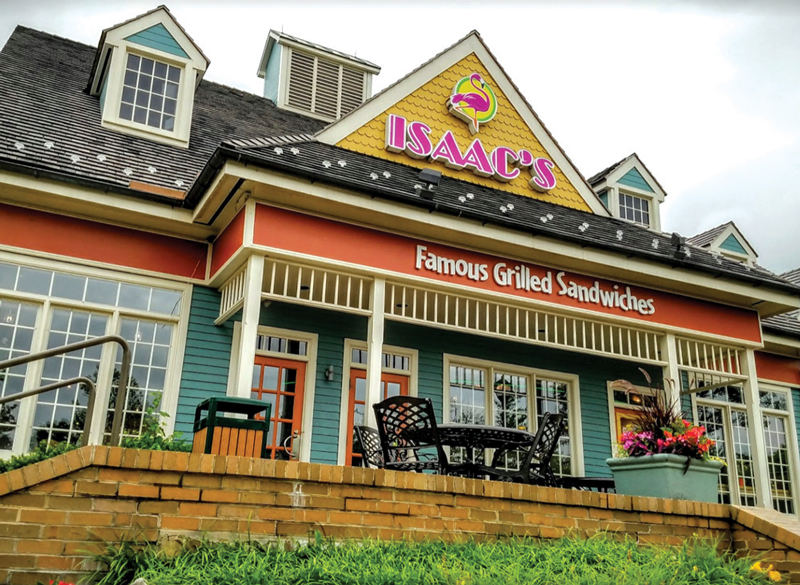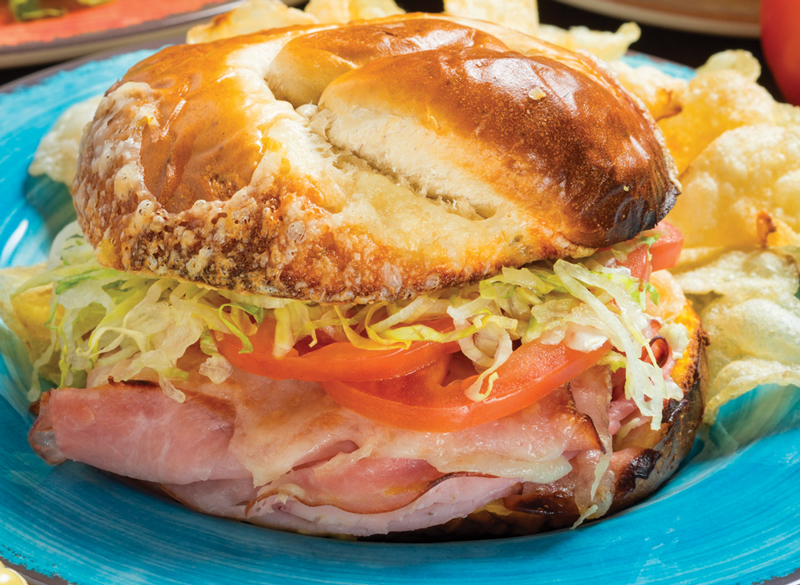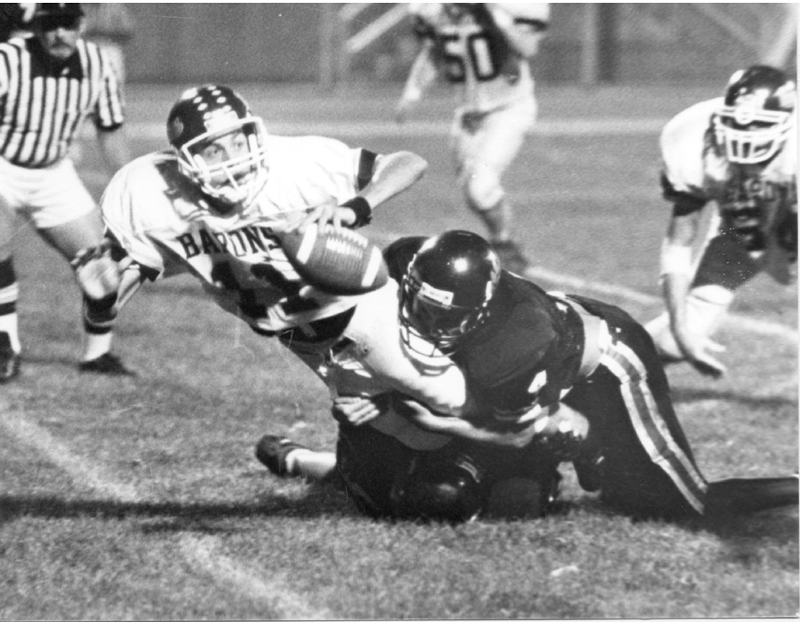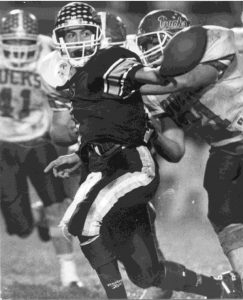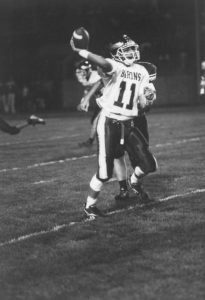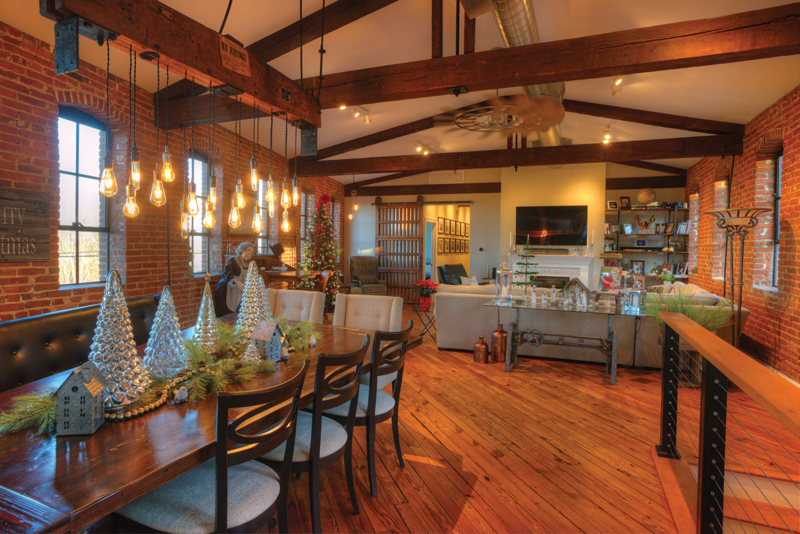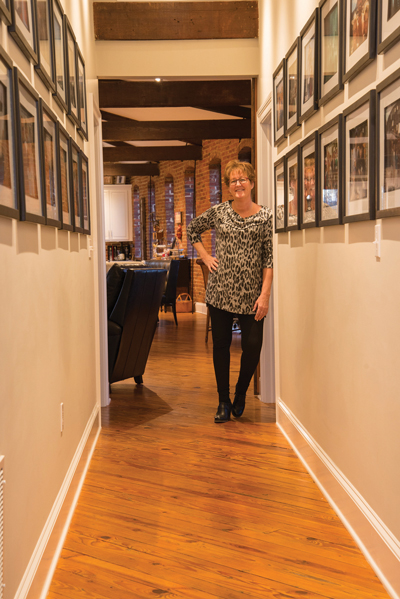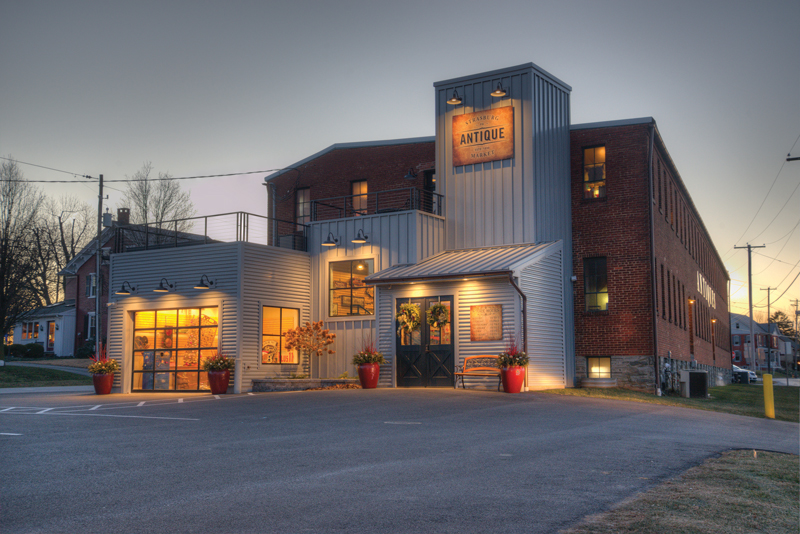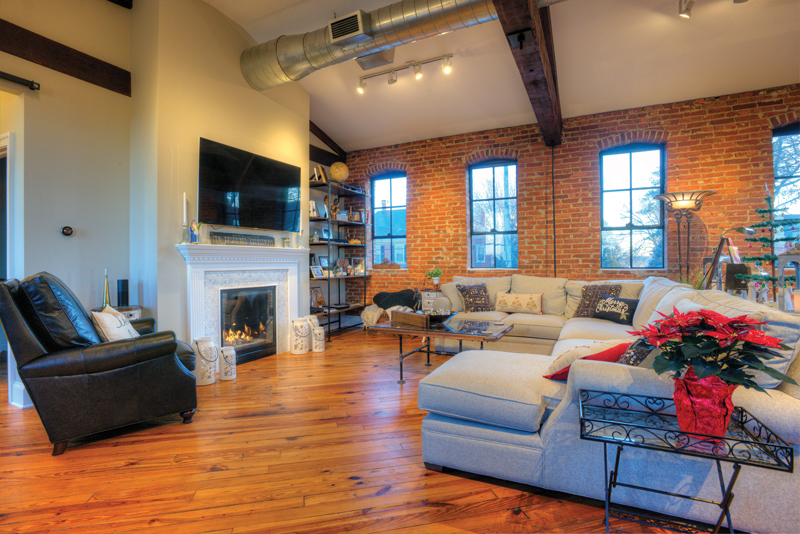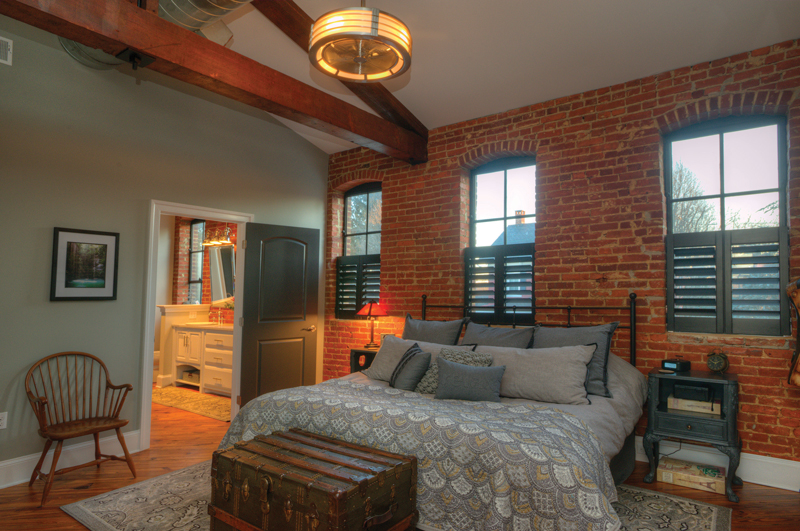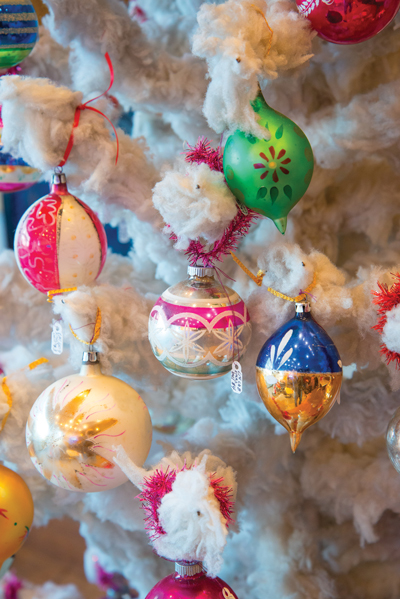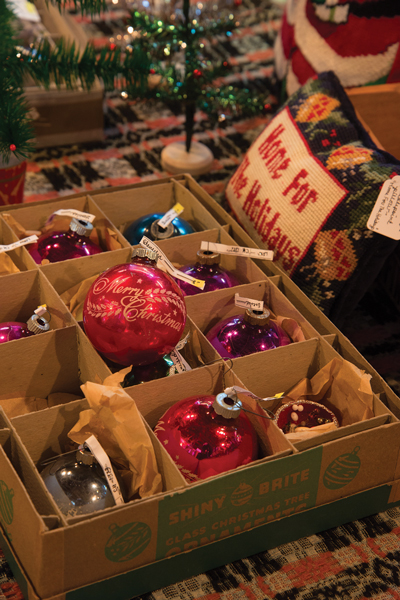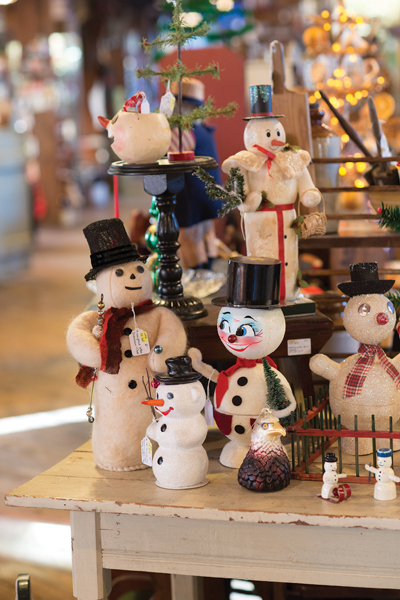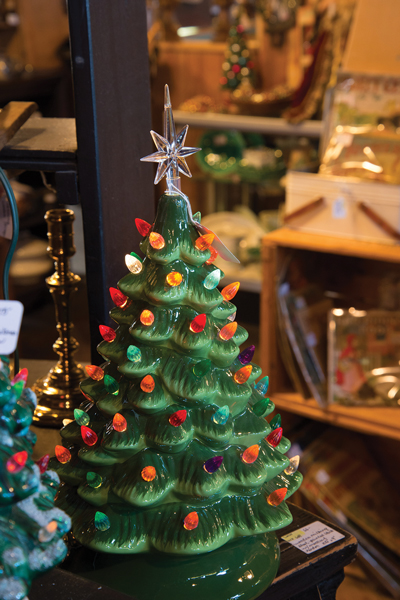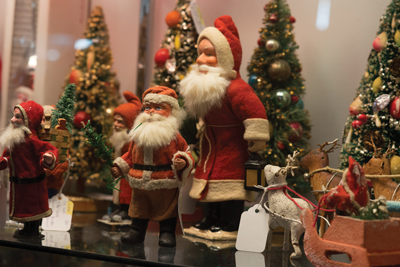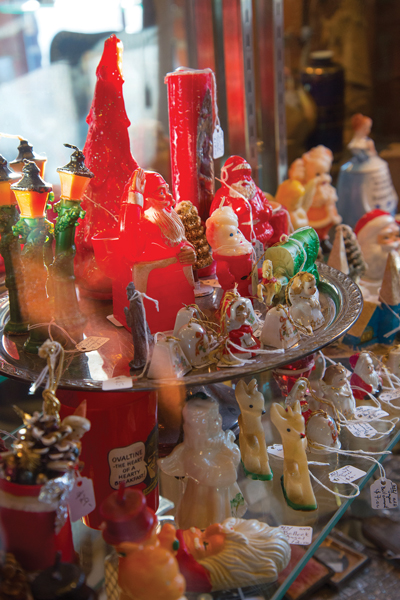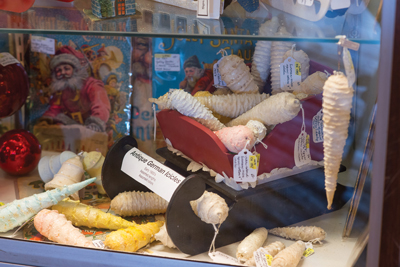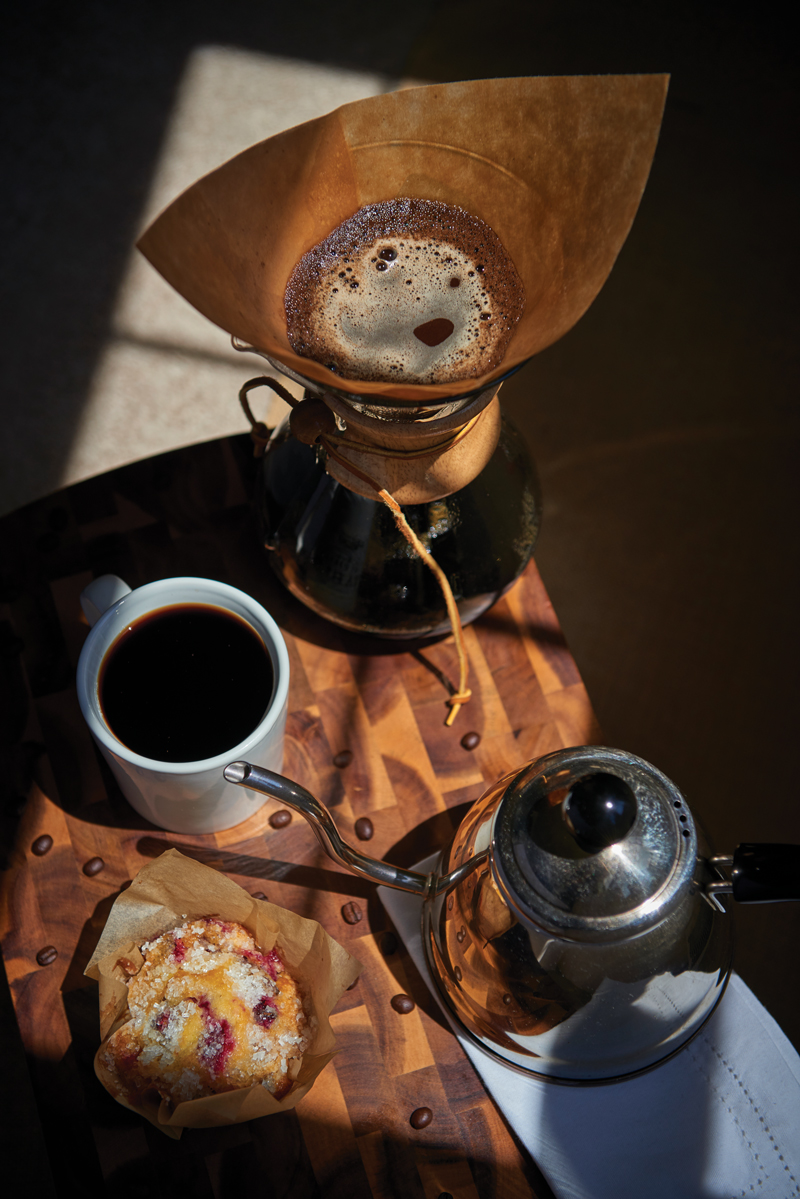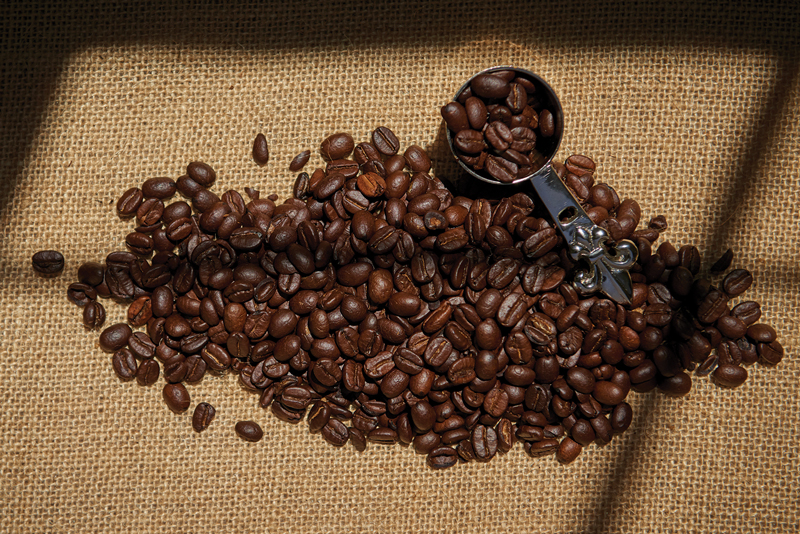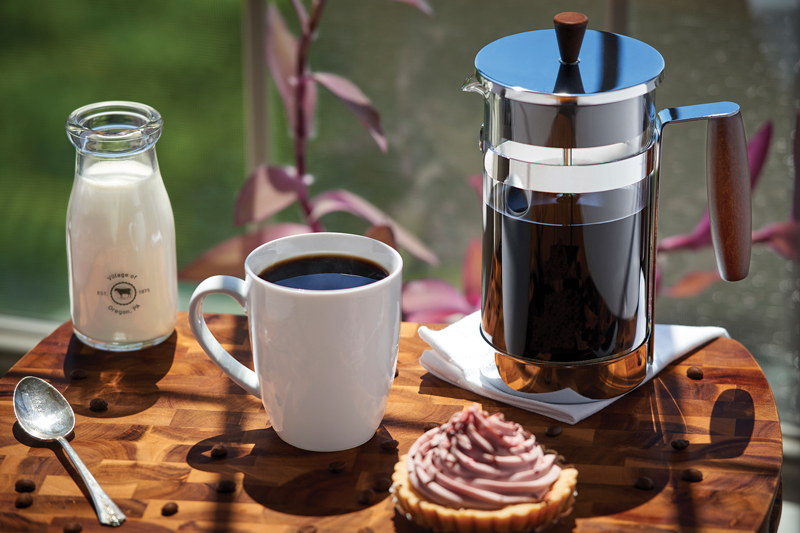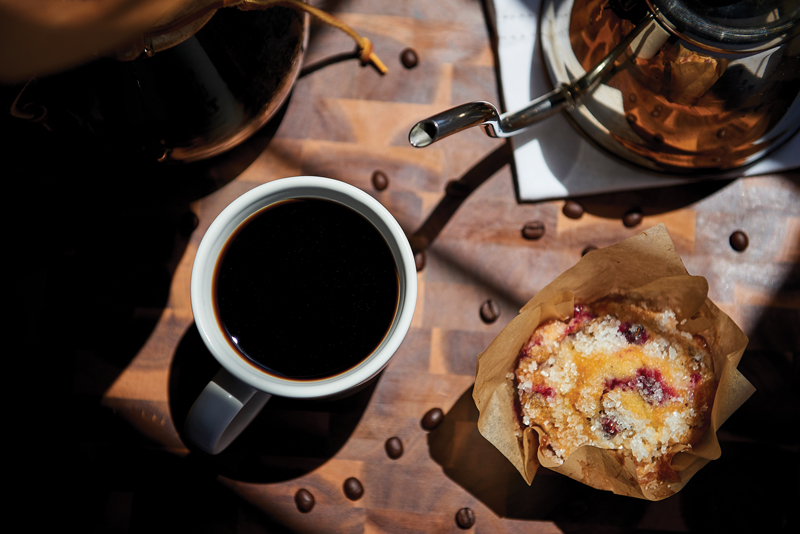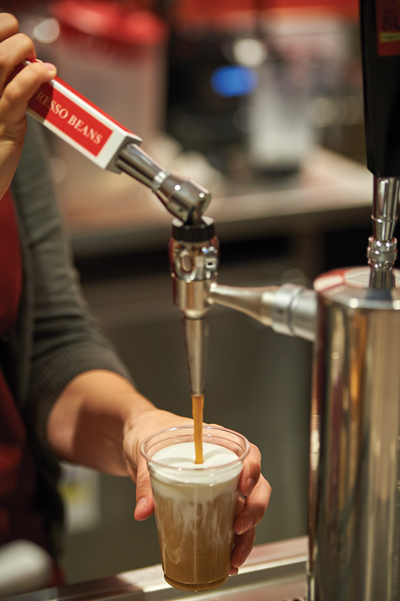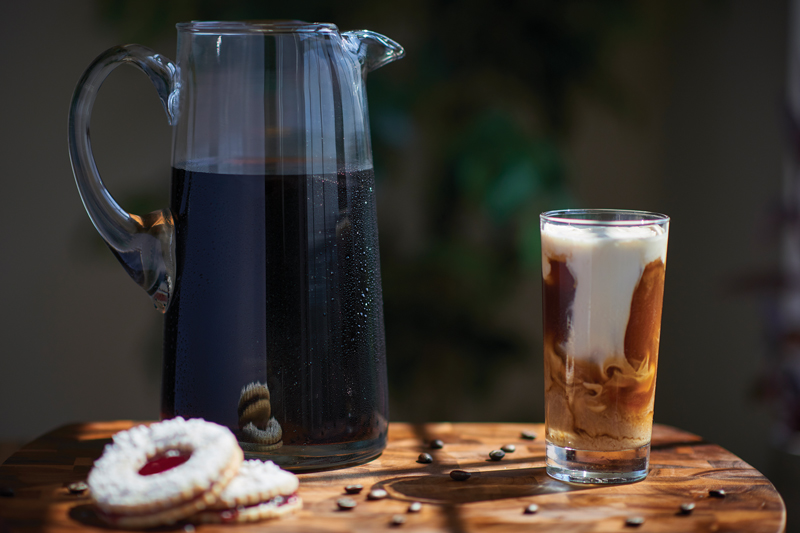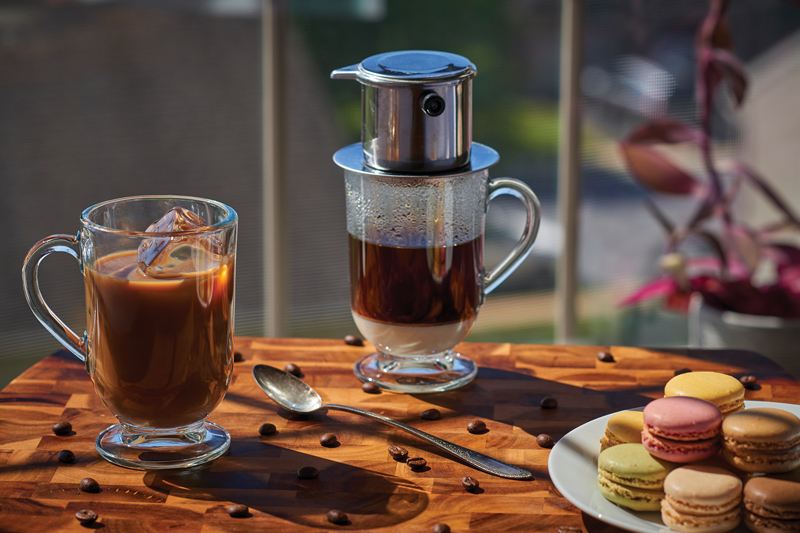Carole Revell has the recipe for great parties down pat. The gregarious realtor has been graciously entertaining in her Bent Creek home for over 20 years. But, this party had a new twist: 15 of her fun-loving gal pals were about to experience cooking their own dinner as a team, with professional guidance provided by Zest Cooking School.
Long a culinary-themed standout among the boutique shops of Main Street in Lititz, Zest! is a kitchen-supply store that caters to your cooking and entertaining needs. Here, you’ll find clever gadgets, specialty foods, spices, linens and superb hostess gifts. Owners Sharon and Jim Landis – both foodies who love to share “finds” from their travels – have amassed a beautifully displayed collection of wares from some 200 vendors.
For those who crave the hands-on culinary experience, Zest! offers cooking classes in an upbeat, splashy kitchen-classroom setting at the nearby Brighton Village Shoppes, minutes from both Lititz and Lancaster.
With a diverse crew of guest culinary instructors, Zest Cooking School’s calendar of classes is a mouth-watering read. December’s classes include the always-popular Italian-themed Feast of Seven Fishes (prepared by Chef Antonino Elia and his wife, Elizabeth), holiday classes for budding cooks and bakers, a primer on appetizers and desserts (using phyllo dough), a Christmas dinner that’s elegant and easy, and a make-and-take Bûche de Noël (Yule Log).
Carole chose a “Sensational Seafood” theme for her private party, with instructor Linda Leeking directing the group. (A feat, considering that the party really began 90 minutes before with wine and hors d’oeuvres on Carole’s terrace.)
With hands sterilized and aprons donned, the group watched as Linda demonstrated some chef-level knife skills and assigned each group a recipe. She offered the sage advice that each team name a captain to steer the culinary boat, delegate the recipe’s tasks and keep us on track. The natural selection process began as the kitchen Alphas took charge and the light-hearted Betas hoped for easy responsibilities. One more house rule from Linda: no wine until we were through wielding knives. Copy that.
Slicing and dicing mixed it up with great conversation and laughter. Before we could say voilà, scallop fettuccine, shrimp stir-fry, crab-stuffed mushrooms and maple Dijon-glazed salmon quickly came together, with congenial coaching from Linda and clean-up support from her good-natured Zest! assistants.
Aprons off, corks popped and the Sensational Seafood cooking class became a delicious dinner, highly seasoned with the joy of cooking with friends.
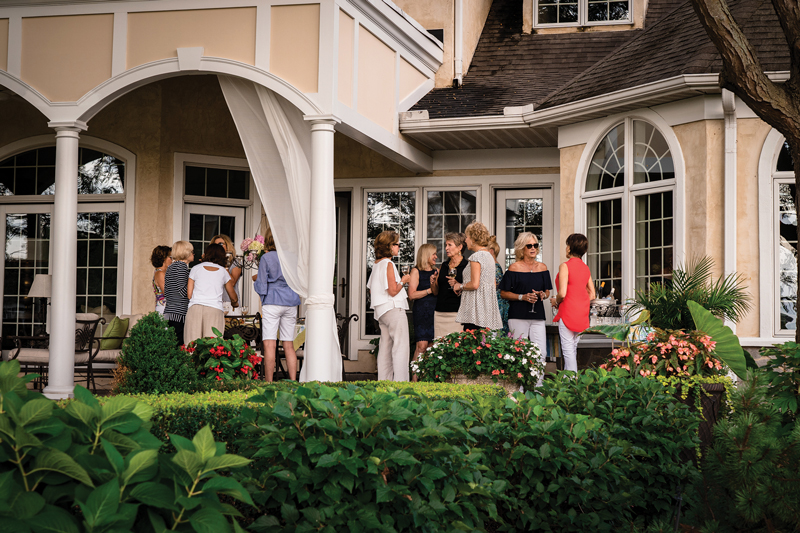
Bringing friends together over food is a tradition for Carole, having grown up in an Italian family where sharing a meal is an expression of love. For many years, she invited girlfriends into her home during the week of Thanksgiving to create bread cornucopias. During the bread’s rising and baking, everyone relaxed with a glass of wine. At the end of the party, each guest had created a beautiful – and edible – centerpiece for her Thanksgiving table. Find Carole’s recipe on our website at Lancastercountymag.com/recipes.
For more information on cooking classes at Zest Cooking School, visit zestchef.com/cooking-classes/.

